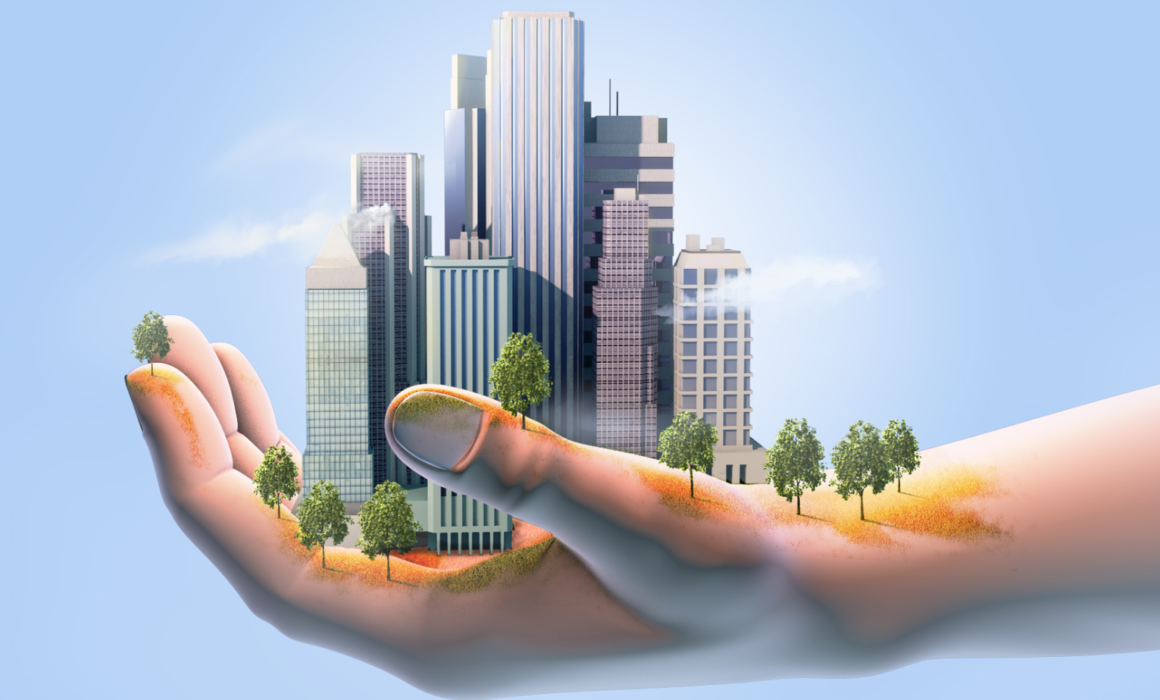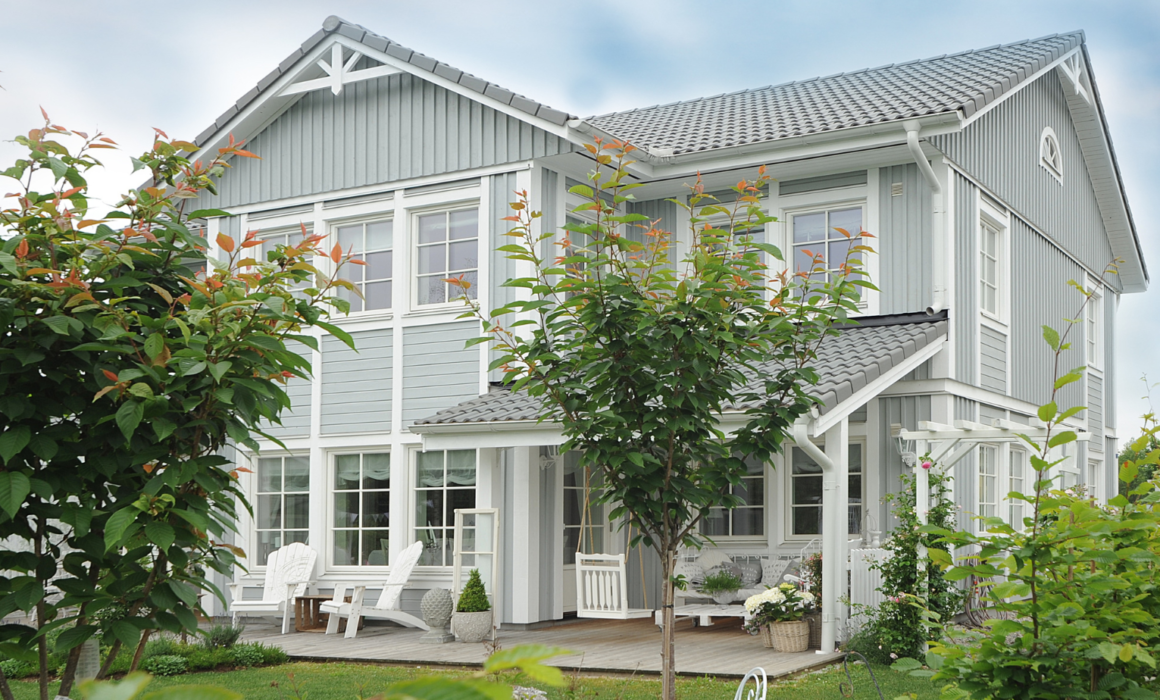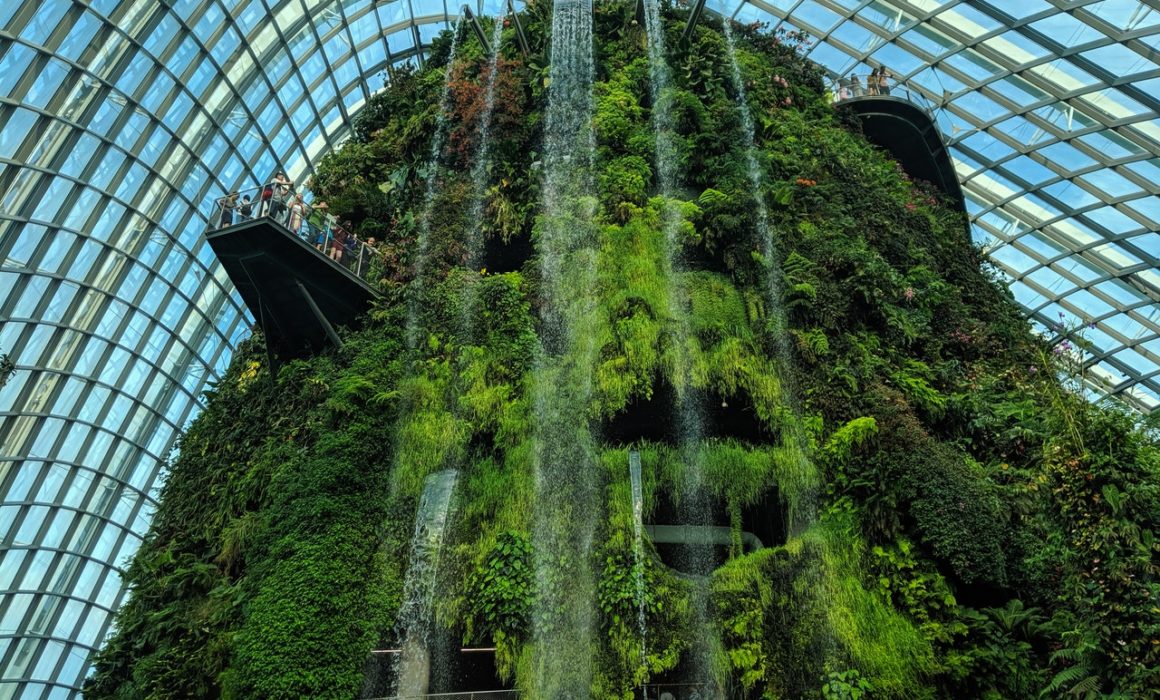Importance of sustainable buildings for society
The construction industry and buildings directly or indirectly impact the environment, society, and the economy, and are known as the 3Ps (people, planet, and pocketbook). Then, the sustainable design seeks to balance the needs of these areas by using an integrated approach to create design solutions in buildings and take care of people’s health.
The main objective of sustainable design is to reduce or avoid the depletion of resources such as energy, water, land, and raw materials, to prevent environmental degradation caused by different buildings throughout their life cycle, and to create livable, comfortable, safe, and productive environments for those who inhabit them.
Buildings use resources (energy, water, raw materials, etc.), generate waste (construction, occupancy, and demolition), emit potentially harmful air emissions, and fundamentally change the function of the land and the ability of that land to absorb and capture water in the soil, so we need to start developing more sustainable buildings that are environmentally friendly.
On the other hand, building owners, designers, and constructors face unique challenges in meeting the demands for new and renovated facilities that are accessible, safe, healthy, and productive, while minimizing negative impacts on society, the environment, and the economy.
Prior to the coronavirus, the population was already living in disadvantaged housing, such as houses affected by indoor climate risks, such as humidity, lack of natural light, excessive noise, or cold, with negative repercussions on people’s health and well-being.
And with the advent of the pandemic and confinement, demonstrated the importance of making indoor spaces safer, reducing the spread of disease, and creating spaces that allow people to develop physically and mentally.
WHO studies have shown that governments should invest in improving housing and energy efficiency, as they directly impact health, improve living conditions and reduce climate impact, and the consequences can be direct savings in medical care, improved health, and improved productivity.
On the other hand, recent studies have documented that not only humid conditions and lack of natural light impact people’s lives, but also having a poor indoor climate impacts well-being and life satisfaction.
The design of sustainable buildings should not only reduce their environmental footprint, but also have a positive impact on the health and well-being of the population to ensure life satisfaction.
Today, sustainability, building design, and health can go hand in hand, as the planning of a building must consider all scenarios to which the building will be exposed. In addition, construction should focus on energy and water independence, renewable resources, local materials, resource storage, community support, and prevention of environmental effects that comply with building codes while being energy efficient and resistant to natural disasters.
While it is true that the concept of sustainable buildings changes over time, there are six principles:
- Optimize site potential: Creating sustainable buildings begins with proper site selection, including consideration of reusing or rehabilitating existing buildings or using a brownfield, gray field, or previously developed site. The location, orientation, and landscaping of buildings affect local ecosystems, transportation methods, and energy use. Therefore, care must be taken to ensure that the site is not harmful to its natural surroundings.
- Optimizing energy use: With the increasing demand for fossil fuel resources and growing concerns about energy security and independence. The impacts of global climate change becoming more evident, finding ways to reduce energy loads, increase efficiency, and use alternative energy sources is critical. And improve the energy performance of existing buildings to increase a building’s energy independence.
- Water protection and conservation: In many parts of the world, fresh water is an increasingly scarce resource. Any building project fundamentally changes the ecological and hydrological function of inbuilt land, a sustainable building should seek to minimize the impervious cover created through practices that can reduce those impacts while using water efficiently and reusing or recycling water for on-site use. The effort to bring potable water to our domestic taps consumes enormous energy resources in pumping, transport, and treatment. It must be ensured at all times that water is available to local residents throughout the construction process.
- Optimization of building space and use of materials: Today, sustainable construction projects must achieve integrated and intelligent use of materials that maximizes their value, as the consumption of natural resources will continue to increase and the demand for additional goods and services will continue to put pressure on available resources.
- Improve indoor environmental quality: The indoor environmental quality of a building has a significant impact on the health, comfort, and productivity of the occupants. Among other attributes, a sustainable building maximizes natural lighting, has adequate ventilation and humidity control, optimizes acoustic performance, and avoids the use of materials with high Volatile Organic Compound emissions.
- Optimize operational and maintenance practices: Consideration of building operation and maintenance issues during the preliminary design phase of a facility will help improve working environments, increase productivity, reduce energy and resource costs, and prevent system failures.
Finally, sustainable building design should mitigate the impact of climate change, and should also have a positive impact on people’s health.
By Ingrid Luna


